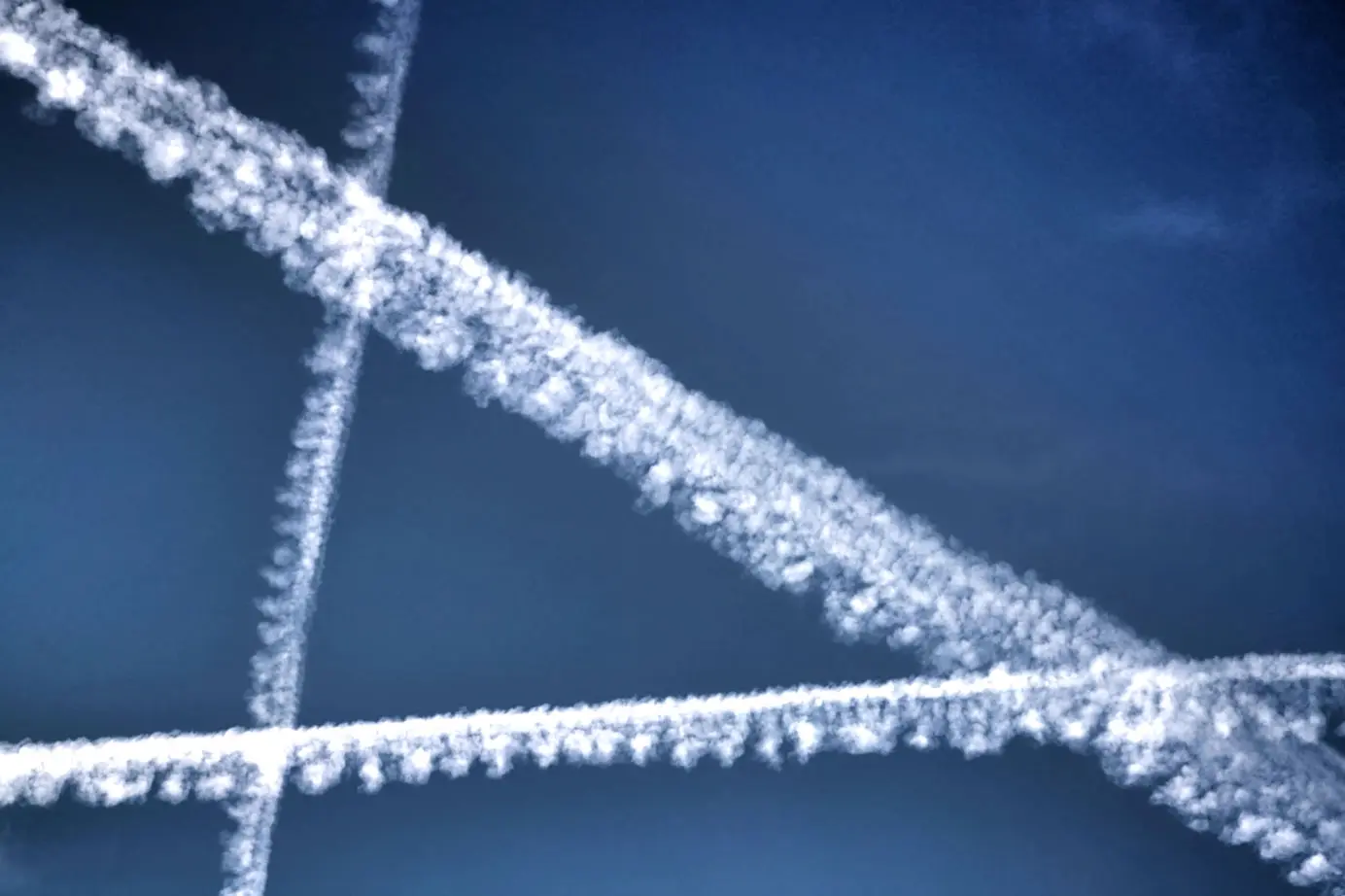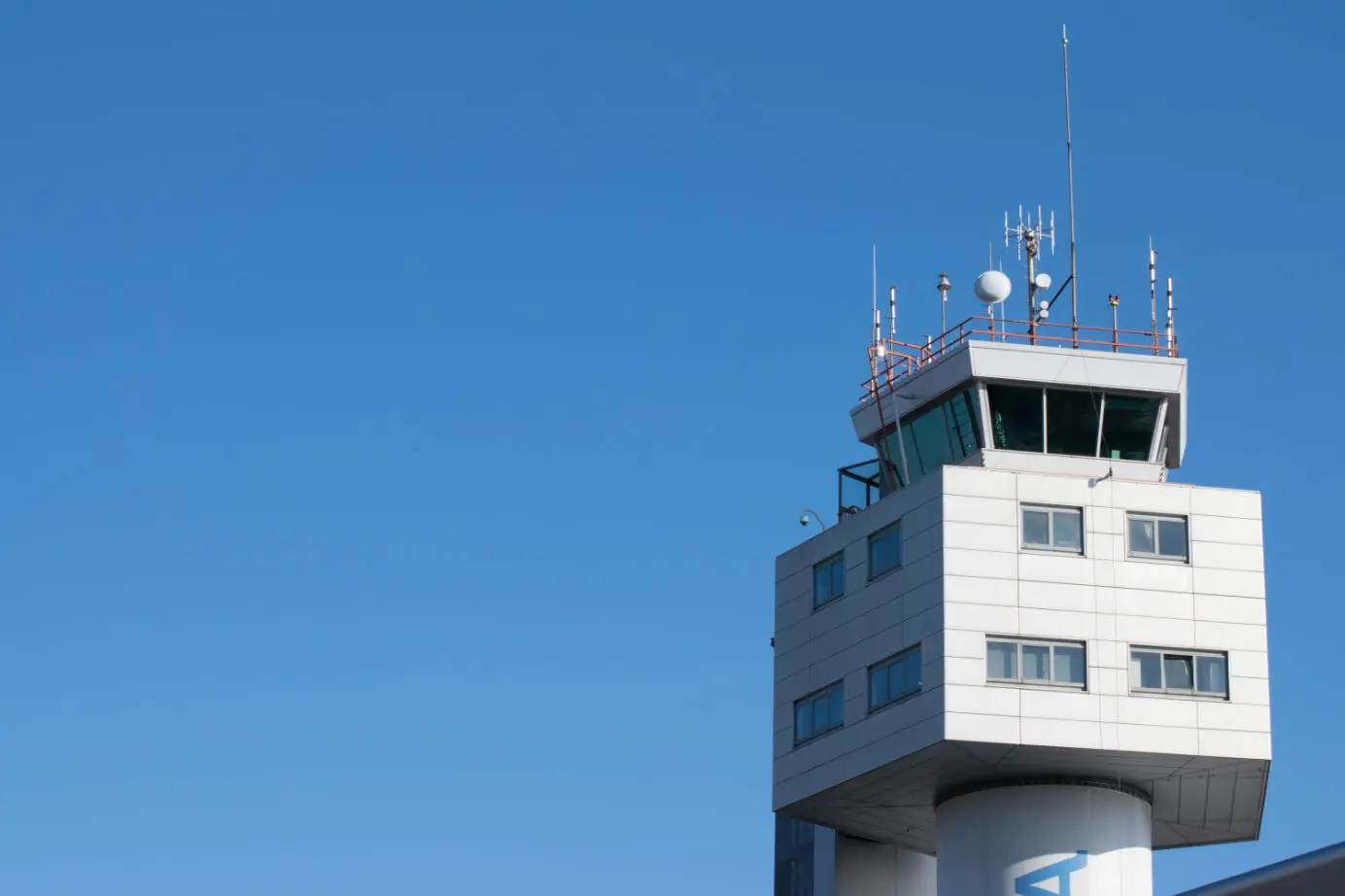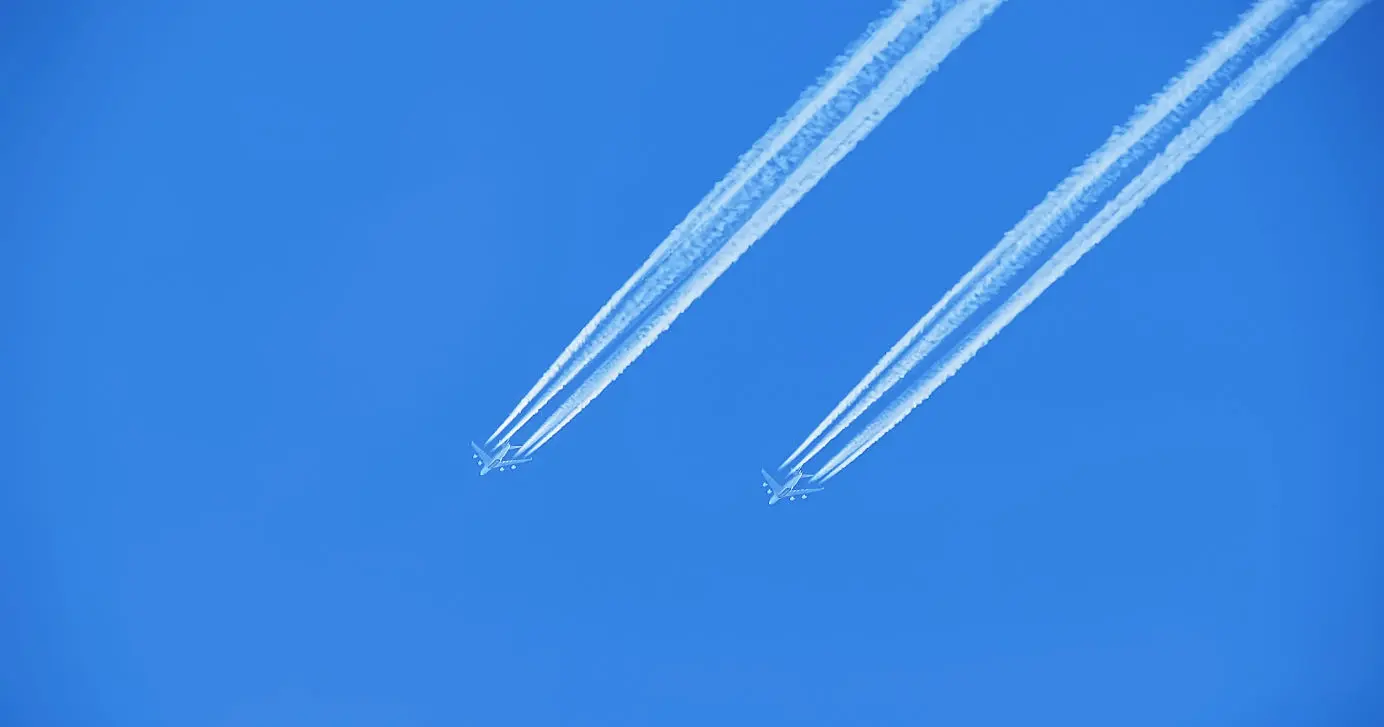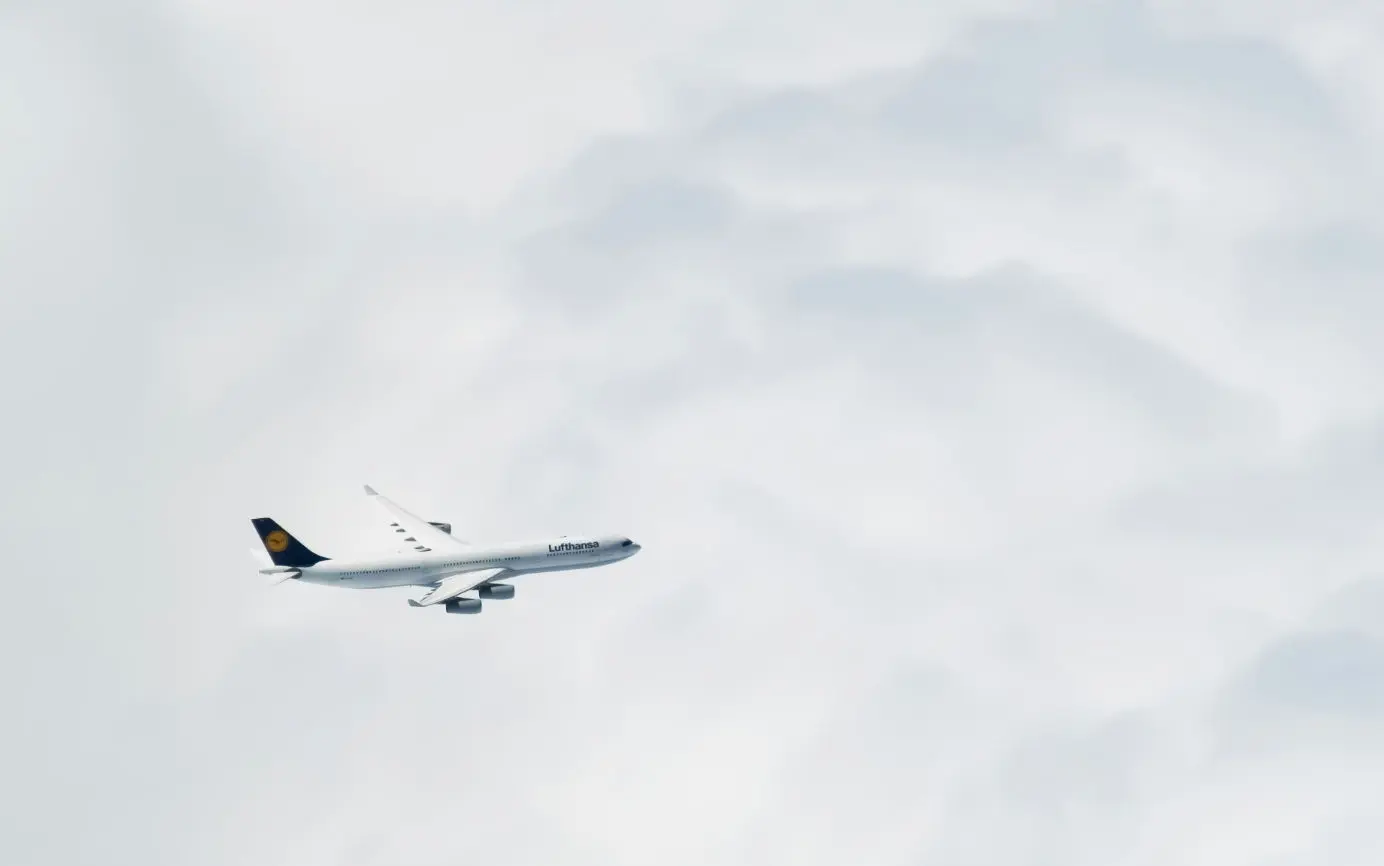
In-Flight Safety: How Do Planes Avoid Each Other?
Planes avoid each other using various technologies, protocols, and collision avoidance systems. Learn more about how planes ensure safe distance in the skies.
Table of Contents
With the ever-increasing number of planes in our skies, a common question arises: how do planes avoid each other?
The intricate dance of aircraft navigation blends technology, regulations, and human vigilance. In this post, we dive into the complicated network of systems that ensure that planes do not collide.
Air Traffic Control – The Watchful Eye
Managing air traffic and preventing collisions are challenging tasks that rely primarily on the responsibility of Air Traffic Control (ATC). ATC is a service provided by ground-based controllers who monitor and direct aircraft movement on the ground and in the air.
One of the primary roles of ATC is to prevent collisions between aircraft, both in the air and on the ground. They achieve this by maintaining an organized flow of air traffic, guiding each plane along a specified flight path, and making sure every aircraft has adequate space around it to maneuver safely. This coordination involves regulating the planes' speed and altitude to maintain a safe distance between them.
In areas of high air traffic congestion, the role of ATC becomes even more critical. These controllers meticulously maneuver aircraft around each other, maintaining safe separation distances. Their experienced eyes and quick decision-making abilities can spell the difference between a close call and a catastrophe.

ATC also liaises with the pilots, offering them weather updates, navigational guidance, and other essential information. Essentially, they are the guiding hands behind every safe landing and takeoff. They harmonize the movements of countless aircraft in a complex and busy work environment.
Advanced Technology Aids: ADS-B and TCAS
To further navigate safely and efficiently through the skies, aircraft rely on two crucial technological systems: Automatic Dependent Surveillance-Broadcast (ADS-B) and Traffic Collision Avoidance System (TCAS).
Automatic Dependent Surveillance-Broadcast (ADS-B)
The Automatic Dependent Surveillance-Broadcast (ADS-B) system is a surveillance technology used in aviation to enhance aircraft tracking and improve safety. It works independently of traditional radar-based systems as a more precise and comprehensive method of monitoring aircraft positions, speeds, and other related data.
ADS-B relies on aircraft-mounted transmitters that periodically broadcast information about their current position, altitude, velocity, heading, and other parameters. This data is then received by ground stations, satellite receivers, and other aircraft equipped with ADS-B receivers. The ground stations process this information and relay it to air traffic control (ATC) centers for real-time aircraft tracking and management.
There are two key elements of the ADS-B system:
- ADS-B Out refers to the onboard transmitters installed in aircraft that transmit data. ADS-B Out-equipped aircraft continuously broadcast their identity, position, altitude, and other relevant details. This information is used by ATC, other aircraft, and various ground-based systems to ensure the safe separation of aircraft and accurate tracking.
- ADS-B In refers to the receivers installed in aircraft, satellites and ground-based systems that receive and process ADS-B data. ADS-B In-equipped aircraft can receive information from ground stations, other aircraft, and weather services. Pilots can view the positions of nearby aircraft, receive traffic alerts, access weather data, and gain situational awareness.
The ADS-B system brings several significant advantages over traditional radar tracking systems. It offers frequent and accurate position updates and traffic information to pilots and ATCs, which enables more precise aircraft tracking and reduces the risk of mid-air collisions. ADS-B also allows for better situational awareness, improving decision-making capabilities for pilots and ATC.
In many countries, ADS-B usage is mandatory for aircraft operating in controlled airspace. Aviation authorities aim to enhance safety, improve airspace capacity, and modernize air traffic management systems by encouraging global adoption of this technology.
Traffic Collision Avoidance System (TCAS)
The Traffic Collision Avoidance System (TCAS) is an aircraft collision avoidance system designed to prevent mid-air collisions between aircraft. It is a crucial component of the overall air traffic control system.
TCAS uses radar to provide pilots with real-time information about nearby aircraft, including their position, altitude, speed, and direction of flight. It compares this information with the aircraft's own flight data to determine potential collision risks.
Should another aircraft come too close, TCAS triggers an alarm, alerting the pilot. In cases where the risk of collision is high, the system will even suggest evasive maneuvers, directing the pilot to climb or descend to avoid the other aircraft. If the "intruding" aircraft is equipped with TCAS too, the two systems communicate and decide on a plan of action for them both - for example, directing one aircraft to descend while advising the crew on the second aircraft to climb.
TCAS operates independently of air traffic control (ATC) and provides a crucial additional layer of safety by supplementing the instructions given by ATC and ADS-B.
TCAS is considered an essential safety tool, significantly reducing the risk of mid-air collisions. Its implementation is mandatory on most passenger-carrying, turbine jet-powered aircraft in most jurisdictions, although the criteria vary.
Together, ADS-B and TCAS form a two-tiered approach to collision prevention. While ADS-B ensures that an aircraft knows its position relative to others in the vicinity, TCAS actively prevents collisions by alerting pilots of potential risks and suggesting actions. These advanced technologies play a significant role in maintaining safe skies, contributing substantially to how planes avoid each other.
Rules of the Airway – Who Has the Right of Way?
Like motorists on the road, pilots in the sky follow traffic rules designed to prevent collisions and maintain order in the airspace. The laws of the airway govern how pilots should react when they encounter other aircraft in various scenarios, thereby contributing to how planes avoid each other.
- When there is a risk of a collision between two aircraft that are approaching nearly head-on, each aircraft must change its heading to the right.
- When two airplanes converge at roughly the same altitude, the aircraft with the other on its right must yield. Some exceptions apply when dealing with airships, gliders, and balloons.
- An aircraft being overtaken has the right-of-way. The overtaking plane shall keep out of the way of the other by turning right.

Generally, the aircraft that has the right-of-way shall maintain its speed and heading. The plane that doesn't have the right-of-way must not pass over, under, or in front of the other unless it can do so well clear and still consider potential wake turbulence.
Another paramount aviation traffic rule states that any aircraft in distress takes precedence over all other air traffic.
These airway rules establish order and predictability amidst the bustling activity in our skies. By adhering to these rules, pilots can ensure the safety of their passengers and their aircraft while contributing to the efficient flow of air traffic.
Flight Levels Gives Vertical Separation
Minimizing the risk of collisions not only involves navigating horizontally but also vertically. This is where flight levels come into play. These provide a structured system to manage the vertical distance between aircraft in flight.
A fundamental rule in these flight levels is quite simple: aircraft flying eastbound typically maintain odd-numbered altitudes, while those heading west adhere to even-numbered altitudes. For instance, an eastbound flight might cruise at 33,000 feet or 35,000 feet, while a westbound flight on a similar route would travel at 34,000 feet or 36,000 feet.
That means aircraft passing over or under each other should be separated by 1,000 feet above or below, ensuring safe vertical separation between aircraft.
However, these aren't the only measures in place. Most authorities worldwide also outline minimum vertical separation, which serves as an additional safety measure to mitigate mid-air collision risks. This rule mandates that aircraft must maintain a vertical separation of 1,000 feet or more when flying below 29,000 feet (FL290). Above this altitude, the required separation increases to 2,000 feet.
This systematic separation based on flight direction and altitude is vital in keeping the skies organized and safe. It essentially creates invisible lanes in the sky, ensuring each aircraft has space to navigate.

Pilot Vigilance and Training - The Human Element
At the heart of aircraft navigation lies the human element – the pilots. Rigorous training and an unwavering sense of vigilance are paramount in aviation safety. Pilots are trained to handle the aircraft under various conditions and respond effectively and safely to potential collision scenarios. They spend countless hours in simulators, rehearsing for different flight situations, including close encounters with other aircraft.
A pilot's vigilance is equally important in the safety equation. Even with advanced systems like ADS-B, TCAS, and strict regulations, a keen eye and a sharp mind are critical. Their role involves more than just flying the aircraft - it's also about ensuring they maintain a safe distance from other planes and obstacles.
Communication is another crucial aspect of pilot vigilance. Staying in touch with ATC and receiving updates about changes, flight path adjustments, and other crucial information helps pilots maintain situational awareness and respond promptly to any changes.
Notably, a pilot's duty doesn't end with their aircraft. They are also responsible for sharing their observations and information with other aircraft and ATC, contributing to the collective safety of the skies.
So, while technology and regulations provide a structured framework for aircraft navigation, the pilots - their training, vigilance, and communication skills - provide the necessary human touch to this complex process. They are the key players in how planes avoid each other.
Conclusion
Summarizing, the intricate process of how planes steer clear of each other encompasses many factors. It involves the tireless efforts of air traffic control personnel, utilizing advanced technologies like ADS-B and TCAS, strict compliance with flight rules and regulations, and pilots' unyielding vigilance.
Thus, the interplay of human efforts, technology, and laws creates an efficient system that allows for the seamless movement of aircraft while keeping our skies safe.
All these elements work harmoniously, ensuring air traffic's safe and orderly flow. As we move forward, we look into a future where artificial intelligence and machine learning could aid in making aviation even safer.
While the vast number of planes in the sky may seem daunting, rest assured that measures are in place to keep every flight on a safe and steady course.
Also read:
Planenerd Newsletter
Join the newsletter to receive the latest updates in your inbox.






